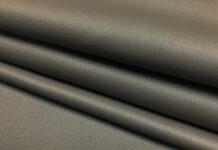
Table of Contents
Even though people nowadays are much more attracted to clothing with flashy designs and popular brandings, that does not mean that the fabric used in creating that product shouldn’t be high quality. Yes, people do enjoy a good design, but they will appreciate the longevity of one product a lot more than any other attribute.
Because of this, companies that work with fabric-based materials should always have a way to test the strength of said textile. There are a couple of ways this can be done.
Of course, some methods are better, some are worse, and others are completely outdated.
In this article, we’ll talk about some of the best ways a fabric’s strength can be calculated.
Importance of fabric strength testing
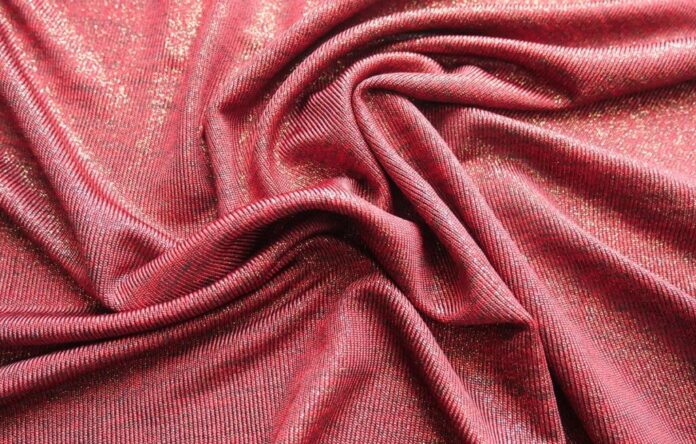
We mentioned in the introduction that fabric strength testing can net you some positive feedback from your customers. Obviously, whenever you buy a product that lasts longer than the other options, you will come back to buy from that same brand, right? Well, this applies to fabric-based products, too, especially clothing.
Keep in mind that clothing is an essential part of our society these days, so you can imagine just how important it is to do your testing.
However, if you want to get the best possible and most realistic calculation results, let’s talk about the best methods for testing.
Chemical testing
While the physical type of testing is crucial for the success of one product, that same product has to go through chemical trials too. Why?
Because certain chemicals might have too large of an impact on the fabric itself, causing it to tear, rip or shear easily in the future. Textile is often exposed to all kinds of chemicals (think food, oils, dish soap, washing machine, detergents, and more.)
Naturally, we don’t want to sell a piece of clothing that will deteriorate with the first wash in the washing machine or after one small drop of olive oil.
This is why companies are incentivized to test for resistance to acid, oil, water, UV exposure, bleach, etc.
These tests can then be used to calculate the strength of that one piece of fabric.
Physical testing
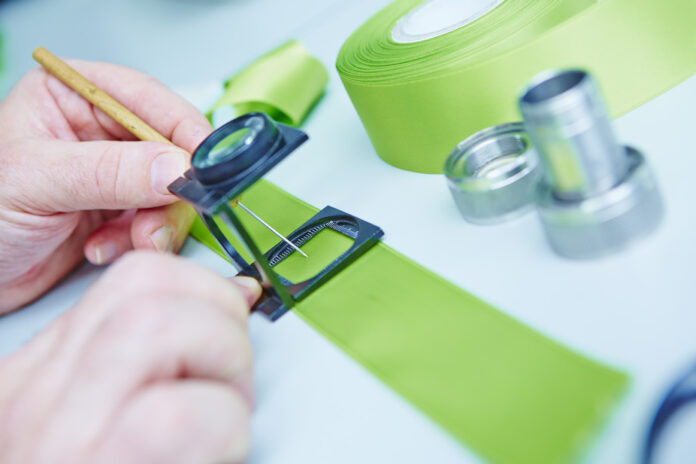
Now comes the most important part for calculating the strength of textile. For this, companies use fabric tensile strength testers (or vertical strength testers). This kind of machine can also be used for fabric, leather, plastic, paper, etc., as suggested by www.testextextile.com.
So, what does this machine do? Well, it depends on the make and model. But, usually, they can test for elasticity, peeling, thread slip, compression, tension durability, tearing, shearing, and a lot more.
There are a couple of different experiments on the fabric tensile strength tester, but the most commonly used are the cut and grab tests. At least these are the standards for the US and UK.
Strip Test
This method can and will determine two things. The breaking force for the textile, but also the amount of elongation right before the break.
Fortunately, this information is readily available at the machine once the strip is broken. Naturally, some machine models will provide more information, others less.
Here is how this method unfolds:
A sample of the textile is clamped in the upper and lower jaw. A constant rate of elongation or CRE depends on the type of fabric. Let’s say 400mm per minute. After a few minutes, the textile will tear, and the machine will output the necessary information.
This process is then repeated to cover all the possible warps/weft ways.
The accumulated information can then be finally calculated to come up with a number specifying the strength of the fabric in question.
Keep in mind that this method only works for certain types of textiles. Specifically, fabrics that cannot be raveled. Because if they do, the specimen will unravel during the CRE process, and the machine will output false information.
Grab Test
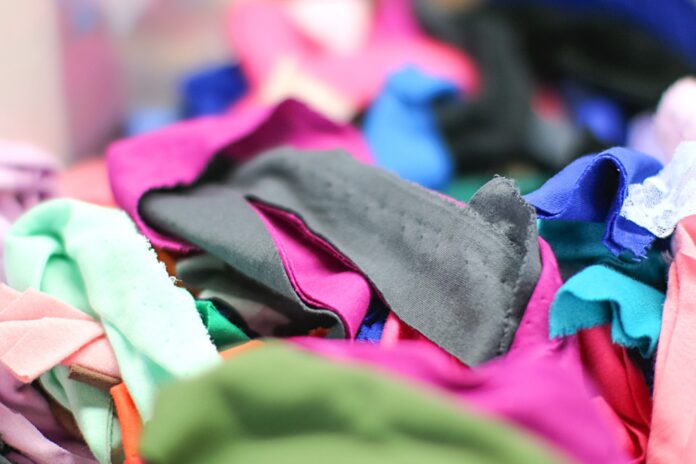
The other commonly used method is the grab test. The final results of this method are basically the same. You get the mean elongation at break and the force needed to break the fabric.
So, which procedure you need to use depends entirely on the market’s standards. For example, if you are in the US, you’ll probably want to go with the grab test since it is a US standard.
For this method, again, a piece of textile is clamped on both sides by the two jaws, and then the constant rate of elongation is set at such a rate that it will break the fabric in about twenty seconds.
The process is then repeated multiple times with different specimens, the results are taken, and finally, the strength can be calculated.
Biological Testing
Previously we talked about the importance of finding out how chemicals react with the textile, but biological testing is just as important.
With enough experimentation, you can figure out exactly how the biological organisms and the textile react with each other to come up with a solution that will ensure better resistance and longevity.
Heat transmission, moisture-wicking, and more
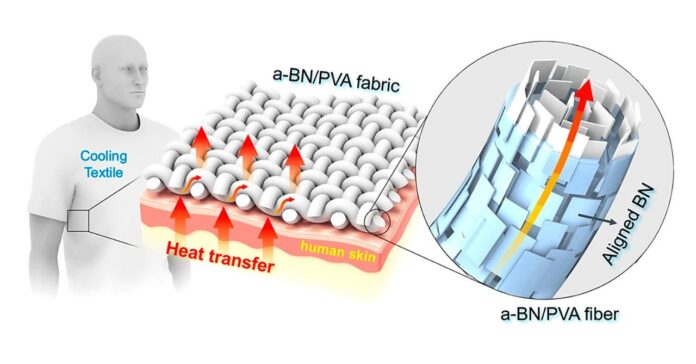
It’s not always about the longevity, durability, and looks of the clothing. In fact, the most important factor for any type of clothes should be comfortable. What’s the point of creating a shirt that’s extremely durable if it is unbearable to wear for the customer?
This is why a lot of companies must go through procedures to determine things such as air permeability, heat transfer, moisture-wicking, and even overall feel on the skin.
Naturally, we want to create something balanced. It must not be irritating for the body; it needs to let enough air in to let the skin breathe, enough heat to warm the body, etc.
Conclusion
When calculating the strength and quality of the fabric, there are also tons of other types of tests like abrasion resistance, seam slippage, bursting, and tensile strength.
But, in this article, we did go through some of the most essential aspects that need to be considered when testing the strength of textile/fabric.

